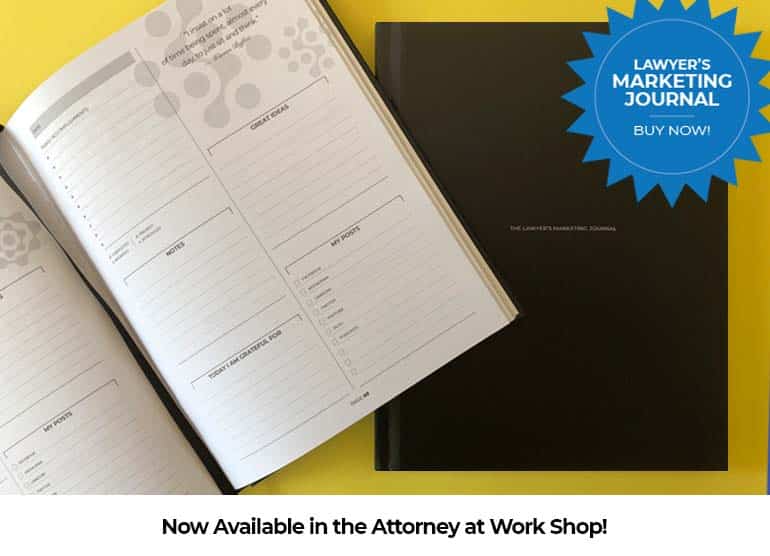Mixing up your adjectives can raise eyebrows at best or muddle your message at worst. When in doubt, consider these tips for following the Royal Order of Adjectives.
John Bercow was the Speaker of the British House of Commons who famously and repeatedly yelled “Order” to keep the members in line.
Table of contents
A Noble Approach to Communication
“I showed him the blue, secret, big invention.”
What kind of word salad is this? Maybe someone is admitting disclosure of a trade secret, but the language is sure off-putting.
The reason is that the sentence does not conform to the hierarchy of descriptive adjectives rule.
When Lining Up Adjectives, Do What Comes Naturally
Native English speakers generally line up their adjectives in an order that seems natural. If you are not a native speaker or just a bit discombobulated that day, mixing up your adjectives can raise eyebrows at best or muddle your message at worst. If you are listening to an important, scrambled message, such as in a deposition, you might need to clarify the misordered adjectives.
Determiners Before Descriptors
Some types of adjectives precede the descriptive stuff:
- Articles are the ever-present the, a or an.
- Demonstratives, this, that, these and those, specify the noun.
- Possessives can start with a noun, e.g., the student’s chair, the school’s motto, or with a pronoun, e.g., my, his, our, their. As in the chair and motto examples, possessives frequently appear with another determiner.
- Quantifiers let you know how many you’re dealing with. That might be a number or a generalization, such as many, a few, not much, all.
The types of determiners can be chopped into as many as seven categories.
King Charles III Would Approve
English professor Charles Darling, who died in 2006, made sense of all this for the students of Capital Community College in Hartford, Connecticut, and ultimately the world, through his popular website Guide to Grammar and Writing.
The Royal Order of Adjectives
With tongue apparently firmly in cheek, Darling created the Royal Order of Adjectives, shown below. The name emphasizes the importance Darling assigned to the rule.

The Royal Order of Adjectives dictates that your descriptive adjectives should generally appear in this order:
- Observation or Opinion: The speaker’s personal evaluation of the noun. Examples are good or bad, pretty or ugly, secret or public.
- Physical description:
- Size: Words like big, small, minuscule, titanic.
- Shape: The noun may have been short, curvy or rectangular.
- Age: Whether the item named by the noun is old, new, recent or obsolete.
- Color: Self-explanatory.
- Origin: Words describing the geographic or cultural origin of the noun, such as American or Puritan.
- Material: What was the noun made of? Wood? Metal? Plastic?
- Qualifier or purpose: Finally, adjectives that describe how the noun is used immediately precede the noun, such as badminton racquet or squash racquet.
Linguists have almost unanimously adopted Darling’s rule. Grammarly seems to be the outlier, separating size and shape by inserting age between those categories. If you don’t like the way Grammarly orders your adjectives, feel free to reject the suggestion and keep size and shape together.
Emphasis Matters When Ordering Adjectives
The most natural way to emphasize an adjective seems to be to place it immediately before the noun. For example, to distinguish among objects of different sizes, one might refer to the secret, blue, big invention as opposed to the secret, blue, small invention.
Exceptions, Exceptions
Notwithstanding the near unanimity of agreement on Darling’s rule, there will always be exceptions.
All of us are familiar with the big, bad wolf. Nobody would call that character the bad, big wolf.
Just because you could string together a long list of descriptors doesn’t mean you should.
To avoid confusion and loss of attention, good communicators limit descriptive adjectives to no more than three. Instead, create a new sentence and consider whether you can use a different part of speech. An action verb such as “optimize” can be a better choice than the adjectival form “optimal.”
Separate descriptive adjectives with a comma, but do not insert a comma before the noun.
You may be tempted in some instances to include a phrase after several adjectives and before the noun which would normally be set off by commas. Such a sentence structure should sound an alarm that your sentence may be too long and complicated and needs simplification.
What matters in the end is that our communication is clear and not so awkward that the message recipient pays more attention to the grammar than the meaning.

Lawyer’s Marketing Journal
Teddy Snyder, author of Women Rainmaker’s Best Marketing Tips, has designed a journal that is ideal for tracking marketing and BD activities, ideas and inspiration. Undated pages give you the flexibility to start today.
Subscribe to Attorney at Work
Get really good ideas every day for your law practice: Subscribe to the Daily Dispatch (it’s free).
















